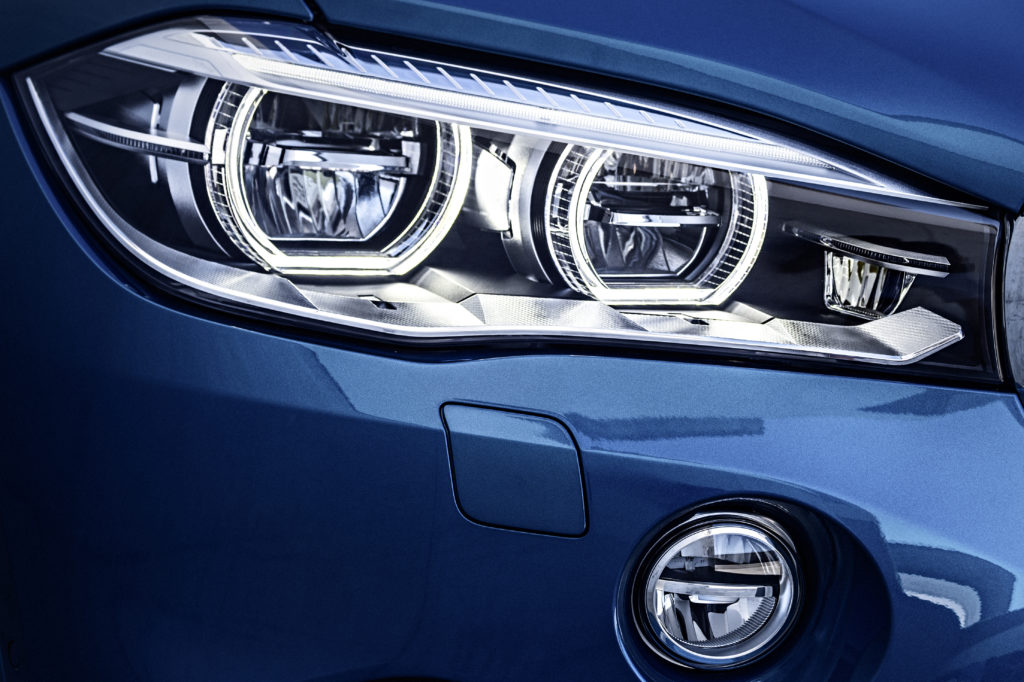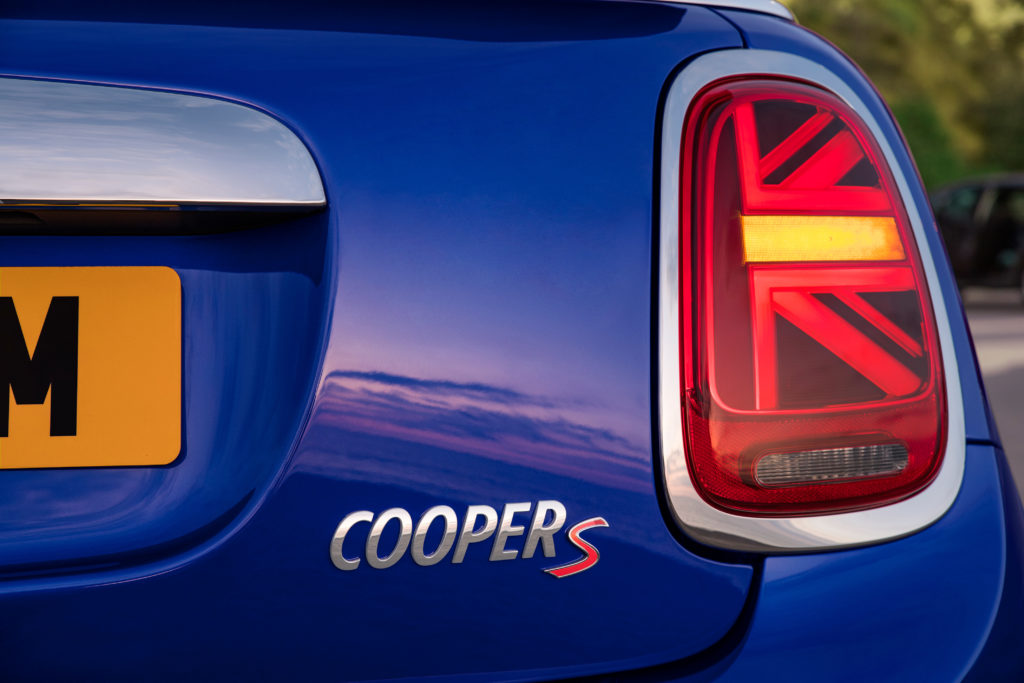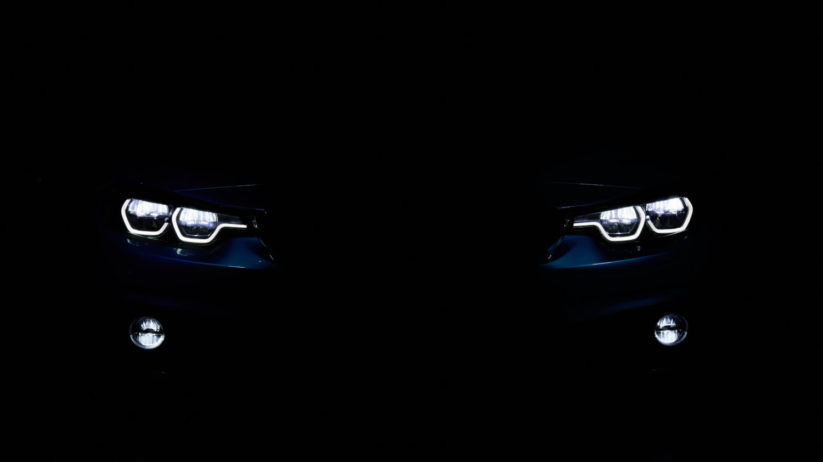The nice weather, which had been unseasonably warm and sunny during the first few weeks of September, had disappeared and turned into spitting rain, wind, and a layer of dark clouds that coated Northern Michigan in an inky blanket of pitch. Traveling outside of the large urban city limits, the 75-mph speed-limit signs taunted me, daring me to push up to the increased maximum, let alone go beyond it.
And then, as suddenly as summer had turned to fall, along came a long, sweeping right turn, punctuated by a yellow caution sign, warning of both the upcoming turn and the potential presence of wildlife.
Two heavy-haul trucks were also making their way north and entered the turn simultaneously with my car, which was now taking the brunt of the water being evacuated by the trucks. Visibility dropped to zero. With the assumption that the truck drivers knew this stretch of road intimately, I kept them parallel to me, ensuring—or at least hoping—that I would stay on the road until I could make the pass.
Picture your favorite high-speed-track turn, or that one long, circling freeway on-ramp that lets you properly work your tires. Now add a pair of semis, likely weighing in at 120,000 pounds apiece, flying through the corner with you—and of course they have the inside line. Toss in a small monsoon and turn out all of the surrounding lights, and you may appreciate the delicacy of the situation.
Until it gets worse.
As I carve through the turn, the spray of water diminishes, and I emerge on the other side of the trucks—only to be greeted with, well, nothing. Are my headlights even on?! They are, but they are pointed into the collection of scattered trees separating the two sides of the highway. How tight IS this turn, anyway—and where is the road?!
The turn was pretty tight for a high-speed highway, and the road was indeed there, somewhere in the abyss, completely out of reach of my lights. I really, really wished that I had better headlights right then.
I did eventually make it through the seemingly endless turn unscathed, even if the road was devoid of any reflective markers or guiding signs—or at least I could not see any of them with the rain coming down the way it was. I really could have used a set of the adaptive LED main beams and automatic high beams from a modern BMW. Yup, those would have alleviated my troubles nicely.

Wow, have headlights come a way long way since the 2002tii in which I first learned to drive a stick! The technology is even leaps and bounds above the stunted lighting of my E36, a victim of the cruel and archaic American headlights-lumens laws. But now we have all sorts of wonderful options, even if the most powerful of the laser technologies still elude our shores.

The new “stacked lights” look is intriguing and adds an air of aggression; notice the subtle and small fog lamps.

The new 8 Series nicely integrates the complex kidney grilles and headlights.

LED lights allow MINI to create the British flag in the tail lights. Clever.
It’s not just about safety, though, as LED lights are revolutionizing design as well. BMW has done a spectacular job of maintaining the halo effect while still moving the game forward. I quite like the stacked look of the new Z4 headlights and the way the outline and the slats of the angled kidney grille on the new 8 Series echo the hexagonal look of the driving lights. And MINI, in all of its creative wisdom, has found some wonderful ways over the years to blend new lightning technology into its eclectic design theme. It will be interesting to see how the manufacturing process and design process coevolve over the next decade.
Of course, on that particular rainy night in Michigan, if I had had the latest technology, I wouldn’t have been thinking about design cues and styling patterns. No—I would have happily proceeded with the knowledge that after passing those behemoth trucks at speed, the road would have been awash with crisp, clean light.—Chris Doersen





















